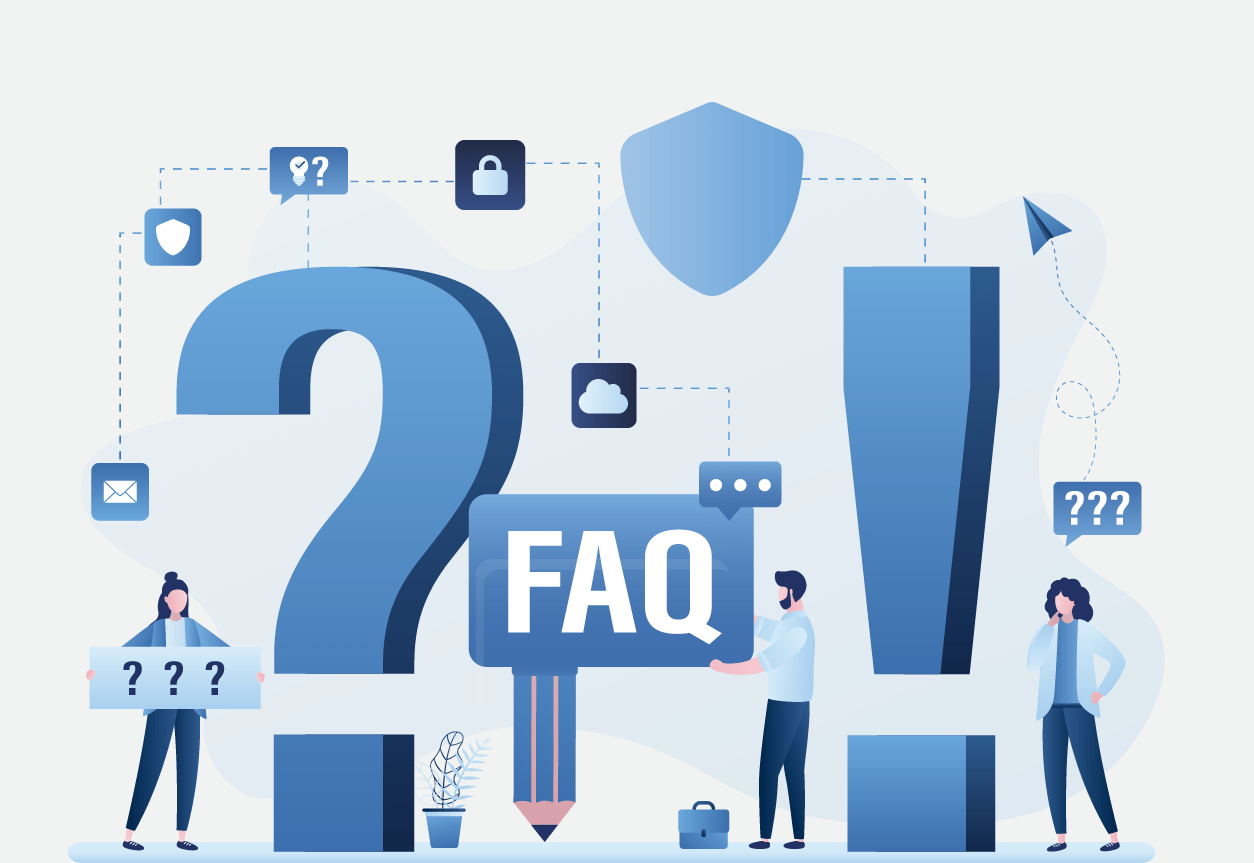In an era demanding rigorous operational oversight and robust risk management, the deployment of specialized systems often sparks both intrigue and a need for clarity. One such system, commonly referred to as Target RCAM, has become a focal point for inquiries concerning its functionality, impact, and strategic value. As organizations navigate complex regulatory landscapes and strive for heightened efficiency, understanding the tools that facilitate these objectives becomes paramount. This article endeavors to provide comprehensive answers to the ten most frequently asked questions surrounding Target RCAM, offering a factual and insightful look into its operational dynamics and strategic implications.
Editor's Note: Published on July 10, 2024. This article explores the facts and social context surrounding "target rcam the top 10 faqs answered".
The Genesis of Target RCAM and Its Strategic Intent
The introduction of Target RCAM (Risk and Compliance Assessment Module) emerged from a growing necessity within large enterprises to centralize and automate their risk management and compliance efforts. Traditional, fragmented approaches often led to inconsistencies, increased human error, and a lack of real-time visibility into an organization's overall risk posture. Target RCAM was conceived as an integrated platform designed to bridge these gaps, offering a unified framework for identifying, assessing, mitigating, and monitoring risks across various departments and business units. Its primary objective is to enhance decision-making by providing actionable insights derived from comprehensive data analysis, thereby safeguarding organizational assets and ensuring adherence to an ever-evolving regulatory environment.
"The evolution of enterprise risk management solutions like Target RCAM signifies a critical shift from reactive compliance to proactive strategic governance," noted Dr. Evelyn Reed, a leading expert in corporate risk assessment. "It's about embedding risk awareness into the operational DNA, not just checking boxes."
Demystifying Core Functionality and Operational Scope
One of the most common inquiries pertains to the fundamental capabilities of Target RCAM. At its core, the system provides a suite of tools for automated risk identification, using algorithms to scan internal and external data sources for potential vulnerabilities. It then facilitates a structured risk assessment process, allowing users to quantify the likelihood and impact of identified risks. Furthermore, Target RCAM offers robust compliance tracking features, mapping organizational policies against regulatory requirements and flagging potential deviations. Its operational scope extends across financial, operational, technological, and strategic risk domains, making it a versatile asset for a diverse range of enterprise functions. The platform typically integrates with existing enterprise resource planning (ERP) systems and other data repositories, creating a seamless flow of information essential for comprehensive analysis.
